Students that participate in gap year programs can emit more CO2 than some of the communities in which they engage emit in an entire year. There is no way around the fact that our field activities emit a lot of carbon when traveling to remote locations. As an industry, we must do something about that!
2020 and 2021 have seen an increase in climate change-related disasters; climate change is real, is here, and it affects all communities, affluent and low-income alike. California saw the largest wildfire season in modern history in 2020, with more than 9600 fires burning over 4.1 million acres of forest area. The Uttarakhand floods of 2021 in Nanda Devi National Park, a Unesco World Heritage site, killed 70 people and left hundreds missing. In June 2020, heavy seasonal rains in China resulted in large-scale flooding, affecting parts of southern China, affecting 63.46 million people. East Africa’s locust infestation, Germany’s recent flooding events, North American extreme-high temperatures, or the Australian bushfires are just some other examples highlighting that climate change is an issue, one to stay and affect us all.
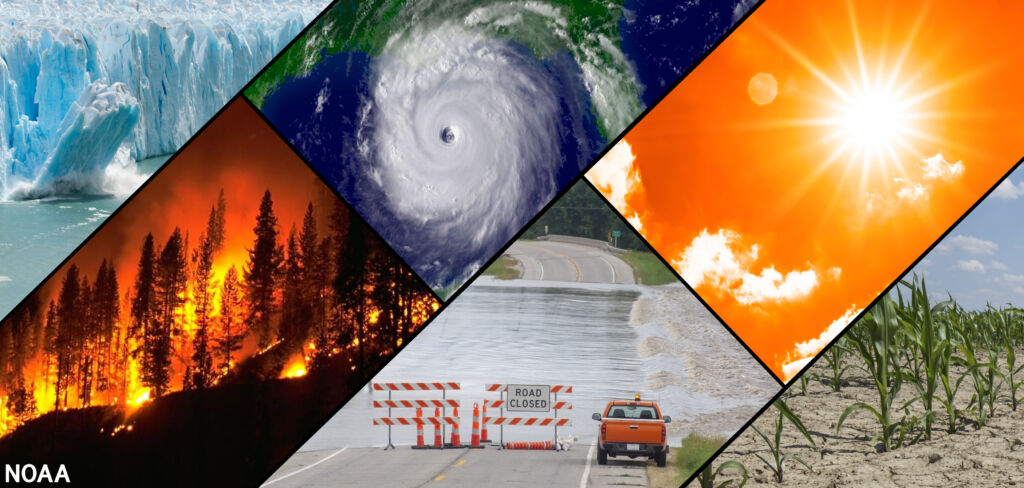
The first step is to acknowledge our carbon footprint (CF) as an industry. We need to assess our programs from design to implementation: omit what is not needed, then reduce where easily possible. Then reduce some more with creativity and imagination! And then we need innovation!
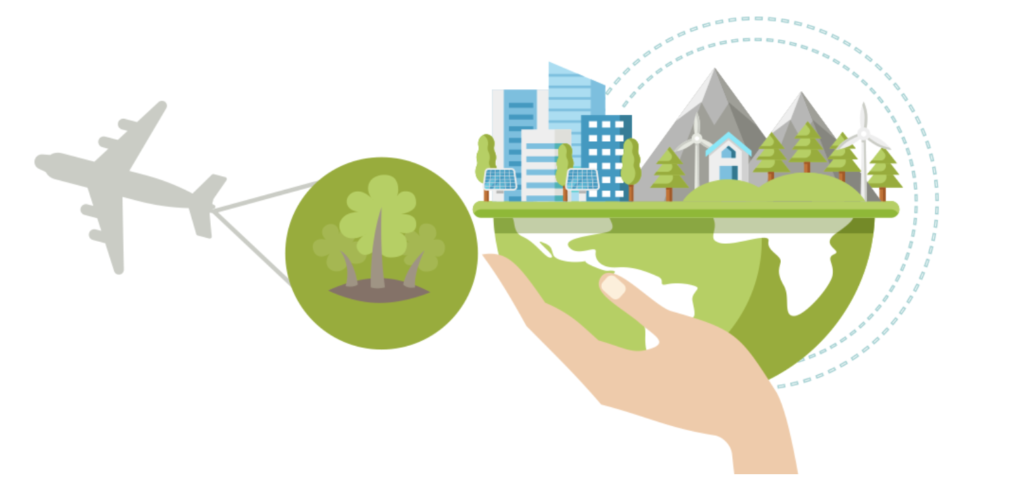
An easy start is by not emitting what does not need to be emitted. The pandemic, for instance, showed us how well business travel can be replaced by technological solutions like video conferencing. Then we can reduce emissions by altering our current ways of transportation and consumption (use bikes, green energy, etc.). We can also repurpose and find new ways to utilize what we have, rather than to amass new things.
Despite our best efforts however, there will be emissions that are inevitable.
So, what do we do with those inevitable emissions? Traditionally, most have looked for offsetting options. Carbon offsetting is a way to compensate for your emissions by funding an equivalent carbon dioxide capture/sequestration elsewhere. This can include part or all of your emissions from a gap year program, from energy consumption sources to local and/or international transportation. Offsetting provides a mechanism to mitigate GHG emissions in the most cost-effective and economically-efficient manner.
Carbon offset projects can be assessed by international standards, such as Verified Carbon Standards (VCS) or Gold Standard Voluntary Emissions Reduction (VER). Key however, is that this is done elsewhere, and herein lies one of the criticisms that this mechanism receives. Since it’s cost-effective to offset carbon emissions, it does not always force you to reduce them, rather pay for them, which partially defeats the purpose of the exercise. It also perpetuates inequality by promoting a NIMBY mentality that pays for our transgressions somewhere else, normally in developing countries. Furthermore, it can encourage a green-washing mentality whereas the polluter can “buy a solution”, a feel-good attitude.
Reducing and offsetting have been the traditional strategies for those doing something about their CF. But is that good enough, or are we passing the buck to someone else and not taking charge of what we are emitting?
Insetting vs Offsetting
We, at Intercultural Outreach Initiative (IOI), have decided that it was not good enough and that we could and should do more! Prior to offsetting, with its inherent biases outlined above, we look inwards and inset everything we can (before offsetting the rest).
Insetting, we refer to as offsetting our emissions through a carbon offset project within our own value chain, such as regenerative farming practices. https://www.ioi.ngo/food-security-and-climate-change. In contrast to a typical carbon offset project, emissions are avoided, reduced or sequestered upstream or downstream within our own operations.
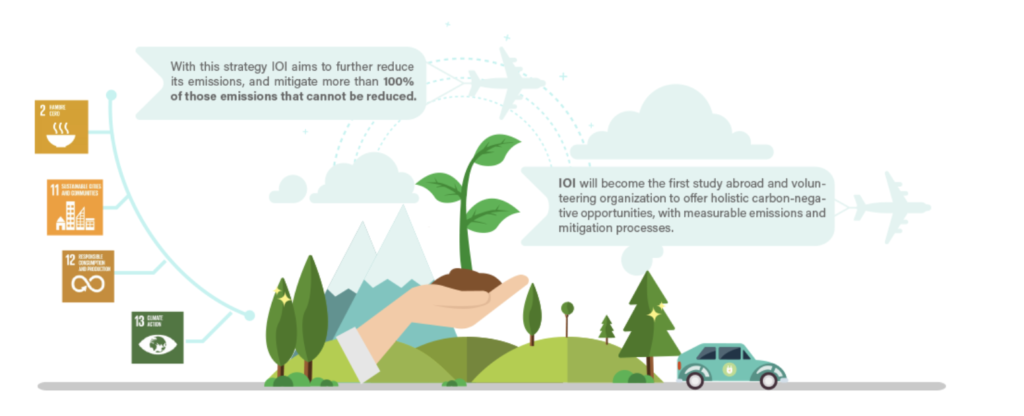
IOI’s 2022 Carbon Negative Strategy is a holistic approach that encompasses all of our staff and office emissions, as well as those of our faculty-led study abroad/gap programs and volunteering opportunities. It is divided into 2 phases: 1) our programmatic on-site emissions will be mitigated internally through our own conservation efforts, i.e. carbon insetting initiatives. 2) External emissions such as flights and shipping will be mitigated through collaboration with external offsetting providers, when insetting is not able to sequester enough GHG.
So how does our insetting actually work? In IOI’s case, we leverage our ongoing regenerative agriculture and farming projects in the Galapagos as our core insetting strategy. Regenerative Agriculture has multiple socio-environmental impacts from increasing Galapagos’ food sovereignty from continental Ecuador, supporting the local economy, increasing nutritional values of available foods, reducing factors for invasive species, and reducing trash from shipping materials in the islands. And, last but not least, of course, it reduces the carbon footprint of life in the archipelago.
Regenerative Agriculture can be a huge carbon sink by building and reviving top-soil. Studies have shown that RA can sequester up to 4 metric tons of carbon per hectare/year. Additionally, local studies have shown that each kg of cargo imported to the Galapagos results in the emission of 50.73gr of CO2. Other remote locations will follow the same pattern. In our initial 18 month pilot project, our regenerative agriculture and farming project helped reduce the emissions of 3546Kg of CO2 (or 3.5 metric tons of CO2) from NOT shipping produce alone.
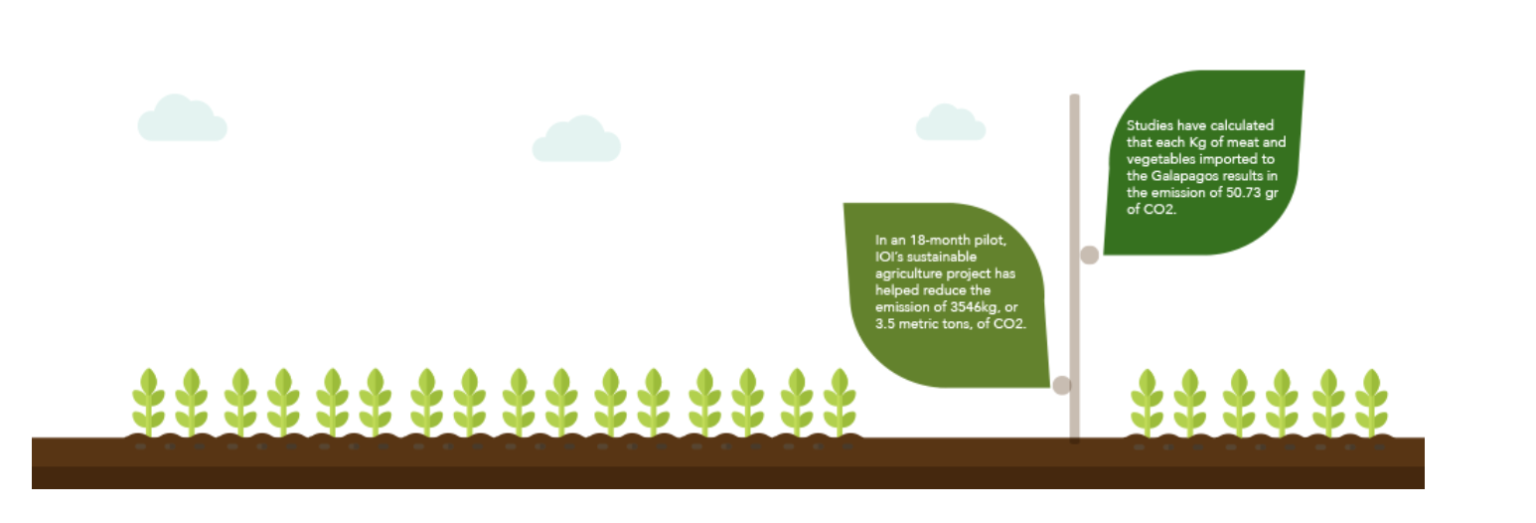
The second part of our insetting strategy will add a reforestation program to our RA project on Isabela Island, where native trees have been diminished by invasive species and unsustainable farming practices. The second phase will in-set the emissions of our staff and programmatic ground transportation.
Insetting is only one of the many climate change mitigation strategies that we are implementing, and we acknowledge that insetting might not be an option for everyone. However, we see this as a strategy that can serve as a model for implementing parallel ideas within your programs and institutions. Or you can work with organizations like IOI, insetting and offsetting in vetted and assessed programs.
At the end of the day, doing nothing is not an option, so anything is better than nothing but we should be radical in our approach. This is our own planet and we do not have much time to sort it out. Rather than being reactive, let’s be proactive, regenerative, and deal with our emissions. Let’s take responsibility for our own actions.

ABOUT THE AUTHOR
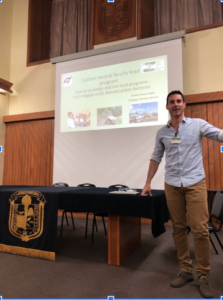 Daniel Ponce-Taylor is the Director of Operations and International Partnerships at International Outreach Initiative (IOI), a carbon negative study abroad provider and co-founder of Travolucion.com. For over 15 years, Daniel has been developing and managing projects in more than 15 countries, tackling local and global sustainability issues. Daniel is the NAFSA Sustainability SIG co-chair and serves on the GYA Sustainability committee. Daniel’s recent focus has been on increasing the impact and contribution that international education has on the UN SDGs.
Daniel Ponce-Taylor is the Director of Operations and International Partnerships at International Outreach Initiative (IOI), a carbon negative study abroad provider and co-founder of Travolucion.com. For over 15 years, Daniel has been developing and managing projects in more than 15 countries, tackling local and global sustainability issues. Daniel is the NAFSA Sustainability SIG co-chair and serves on the GYA Sustainability committee. Daniel’s recent focus has been on increasing the impact and contribution that international education has on the UN SDGs.
Categories
- Advising (7)
- Alumni (2)
- Career (5)
- College & University (15)
- Communication (17)
- DEIA (4)
- Fair Trade Learning (3)
- Finances (12)
- Gap Year Benefits (69)
- Growth & Development (9)
- Leadership (6)
- Learning & Reflection (56)
- Mental Health (4)
- Planning (61)
- Professional Development (5)
- Research (4)
- Risk Management (3)
- Safety (5)
- Service-Learning (10)
- Standards & Accreditation (1)
- Sustainability (6)
- Voices Project (20)
